Are eclipses ordinary cosmic phenomena or mysterious signs sent to humanity by the divine Universe?
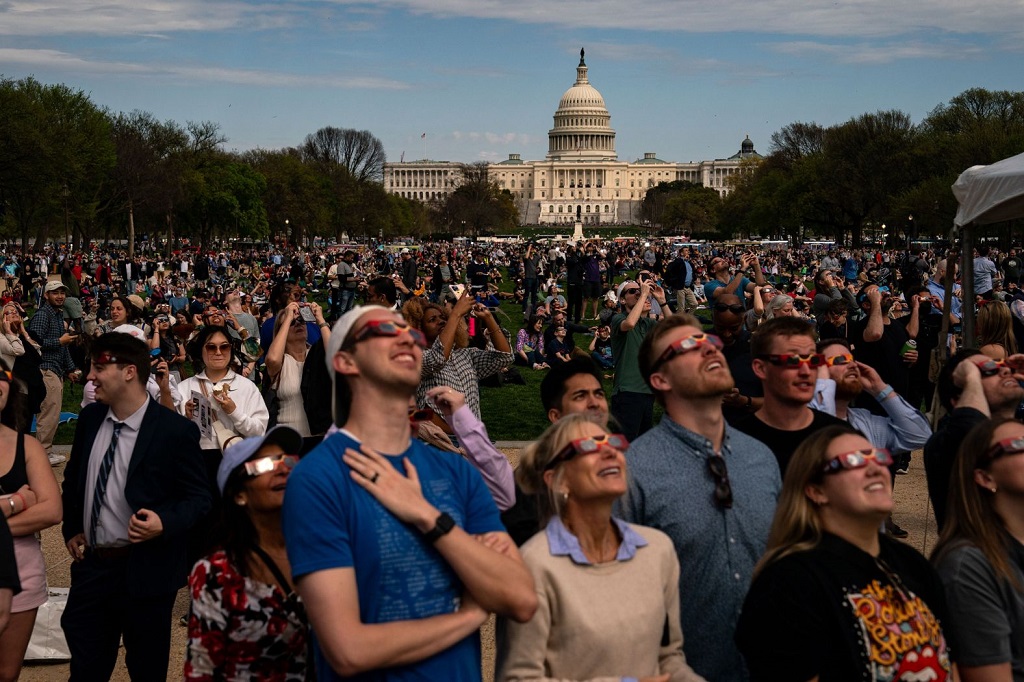
A thoughtful reader can analyze for himself the events in the world in the years, which were marked, in particular, by the greatest number of eclipses, and conclude for himself whether eclipses have an impact on events on the Earth as a whole and in individual countries or not.
Total solar eclipses occur when the moon passes between the Earth and the sun, completely blocking the sun’s face.
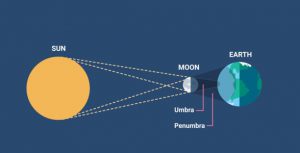
People within the path of totality can see the eclipses in their full splendor.

Those outside the path are able to see partial solar eclipses, where the moon blocks only part of the sun’s face.
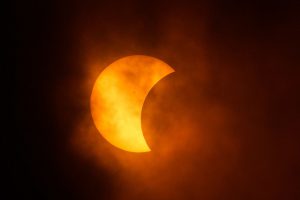
During the 20th century, 228 solar eclipses occurred, of which 78 were partial, 73 were annular, 71 were total and 6 were hybrids between total and annular eclipses.
The greatest number of eclipses in one year was five – in 1935. The years 1917, 1946, 1964, 1982 and 2000 had four eclipses each. One month, July 2000, featured two solar eclipses, on July 1 and July 31.
The longest measured duration in which the moon completely covered the sun, known as totality, was during the solar eclipse of June 20, 1955. This total solar eclipse had a maximum duration of 7 minutes and 7.74 seconds, while the longest possible duration of a total solar eclipse is 7 minutes and 32 seconds.
During the 21st century, there will be 224 solar eclipses of which 77 will be partial, 72 will be annular, 68 will be total and 7 will be hybrids between total and annular eclipses.
The greatest number of eclipses in one year is four: in 2011, 2029, 2047, 2065, 2076, and 2094.
On April 8, 2024, millions of people in the USA, Canada and Mexico watched in awe as the sun disappeared behind the moon in a total solar eclipse.

The total solar eclipse of April 8, 2024 is also known as the Great North American Eclipse.
Its longest duration of totality was 4 minutes and 28 seconds (near the Mexican town of Nazas, Durango).
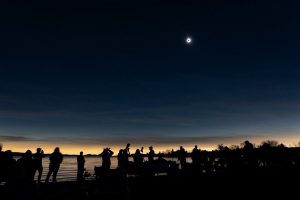
That was the first total solar eclipse visible over the United States since August 21, 2017. And this is the only solar eclipse in the 21st century with totality visible from all three countries: USA (15 states), Canada (6 provinces) and Mexico (6 states).
Approximately 44 million people, who lives in the path of totality, including 32 million in the United States, 6 million in Canada, and 6 million in Mexico, viewed this dramatic show.
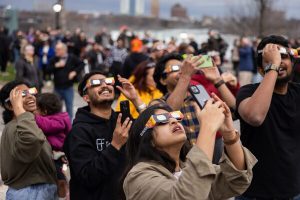
The next total solar eclipse in the US will be on March 30, 2033, which will pass over Alaska. The next total eclipse in the contiguous United States of the US will be on August 23, 2044. The next total eclipse of similar width will take place on August 12, 2045, which will traverse coast-to-coast in a trajectory similar to the 2017 eclipse.
The attitude of most modern people towards eclipses differs significantly from that of people who lived in early civilizations B.C.E. and those who lived in the Middle Ages.
Throughout the ancient world, before the mechanics of eclipses were understood, people reacted with shock and bewilderment as the sun disappeared during a solar eclipse.
In the seventh century B.C.E., a solar eclipse over the Greek island of Paros sparked these words from the poet Archilochus: “Nothing in the world can surprise me now. For Zeus, the father of the Olympian, has turned mid-day into black night by shielding light from the blossoming sun, and now dark terror hangs over mankind. Anything may happen.”
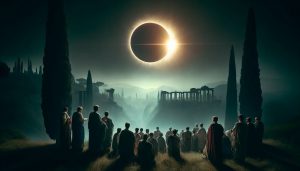
Only a few centuries later did something like the modern understanding of eclipses appear to have taken hold. Some of the credit should go to Anaxagoras, a Greek philosopher who lived in the fifth century B.C.E. Anaxagoras appeared to have known that both solar and lunar eclipses involved shadows: A solar eclipse happens when the moon’s shadow falls on the Earth, and a lunar eclipse happens when the Earth’s shadow falls on the moon.
In fact, Anaxagoras replaced the earlier superstitious or miraculous explanation of the eclipse like ‘Somebody’s trying to kill Apollo’ with a simple physics explanation involving shadows.

But Anaxagoras may not have been the first. A Greek astronomer known as Thales of Miletus is said to have predicted the solar eclipse of 585 B.C.E.
That eclipse came as two warring factions, the Lydians and the Medes, were engaged in a conflict that had dragged on for several years. On seeing the eclipse, the two nations laid down their arms and made peace.

This story came to us not from Thales himself, but from the historian Herodotus, who was born a hundred years later.
Today, eclipses are not so mysterious. “Modern people understand the physics behind them and scientists can predict them centuries in advance, with split-second accuracy. And yet, with a little imagination, we can still read special meanings into these rare celestial events”, says Tyler Nordgren, an astronomer and professor of physics at the University of Redlands, CA.
“Even though scientists now have a pretty good understanding of how eclipses work and when they’re going to happen, the sense of awe remains”, Nordgren says. “The first time I saw a total solar eclipse, I knew exactly what was happening—and the hair still stood up on the back of my neck,” he says.
On April 8, 2024, he said, the same sense of wonder that has gripped eclipse-watchers over the centuries once again took hold.
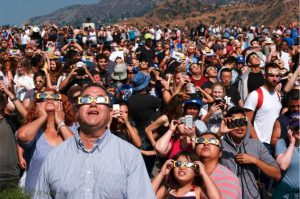
“A total solar eclipse in the middle of Dallas, or San Antonio, is still just as spectacular as a total solar eclipse 2,000 years ago in Greece or Turkey,” he says. “It is just as amazing.”
By Alex Arlander | ENC News


































